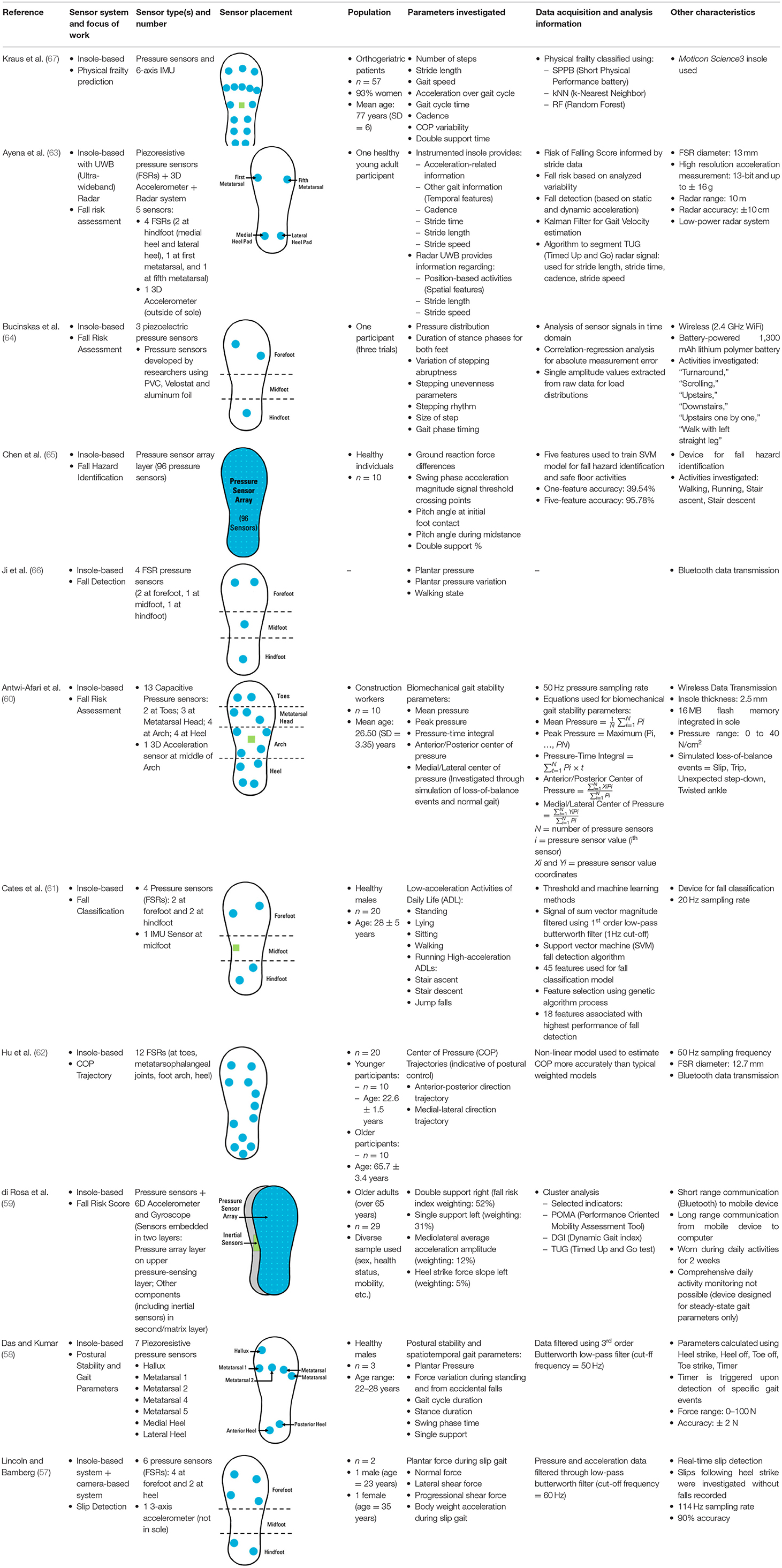Some Known Incorrect Statements About Dementia Fall Risk
Some Known Incorrect Statements About Dementia Fall Risk
Blog Article
The Dementia Fall Risk Statements
Table of ContentsThe Facts About Dementia Fall Risk Uncovered7 Simple Techniques For Dementia Fall RiskOur Dementia Fall Risk DiariesAbout Dementia Fall Risk
A loss danger analysis checks to see exactly how likely it is that you will certainly fall. It is mostly done for older grownups. The assessment typically consists of: This includes a collection of inquiries concerning your total wellness and if you have actually had previous drops or troubles with equilibrium, standing, and/or strolling. These devices test your strength, balance, and gait (the way you stroll).STEADI includes testing, assessing, and intervention. Treatments are suggestions that might lower your danger of dropping. STEADI includes 3 steps: you for your risk of succumbing to your threat aspects that can be enhanced to attempt to avoid falls (for instance, balance problems, impaired vision) to lower your threat of dropping by utilizing efficient approaches (as an example, offering education and learning and sources), you may be asked several inquiries including: Have you fallen in the past year? Do you really feel unsteady when standing or walking? Are you stressed over falling?, your service provider will certainly test your strength, equilibrium, and gait, using the following autumn analysis tools: This examination checks your stride.
If it takes you 12 seconds or more, it may mean you are at greater risk for a loss. This test checks strength and balance.
Relocate one foot midway onward, so the instep is touching the big toe of your other foot. Relocate one foot totally in front of the various other, so the toes are touching the heel of your various other foot.
The Basic Principles Of Dementia Fall Risk
Many drops occur as an outcome of multiple adding variables; consequently, handling the risk of dropping begins with determining the elements that add to fall risk - Dementia Fall Risk. Several of one of the most relevant risk aspects consist of: Background of prior fallsChronic medical conditionsAcute illnessImpaired stride and balance, reduced extremity weaknessCognitive impairmentChanges in visionCertain high-risk medications and polypharmacyEnvironmental factors can additionally boost the risk for falls, consisting of: Inadequate lightingUneven or damaged flooringWet or slippery floorsMissing or harmed handrails and order barsDamaged or improperly fitted devices, such as beds, wheelchairs, or walkersImproper use assistive devicesInadequate guidance of individuals residing in the NF, consisting of those who exhibit hostile behaviorsA effective loss risk management program needs a comprehensive clinical assessment, with input from all members of the interdisciplinary group

The care strategy must likewise include treatments that are system-based, such as those that advertise a secure atmosphere (suitable lights, hand rails, order bars, and so on). The efficiency of the treatments need to be assessed regularly, and the care strategy revised as necessary to reflect adjustments in the autumn risk assessment. Implementing an autumn threat monitoring system using evidence-based finest practice can minimize the prevalence of drops in the NF, while limiting the potential for fall-related injuries.
Dementia Fall Risk for Beginners
The AGS/BGS standard suggests screening all grownups aged 65 years and older for loss risk each year. This screening consists of asking individuals whether they have fallen 2 or more times in the past year or looked for clinical attention for a loss, or, if they have not fallen, whether they really feel unstable when walking.
People that have dropped once without injury needs to have their balance and gait evaluated; those with gait or equilibrium irregularities need to obtain extra evaluation. A history of 1 autumn without injury and without gait or equilibrium issues does not call for additional evaluation beyond continued annual loss danger testing. Dementia Recommended Reading Fall Risk. An autumn danger analysis is needed as component of the Welcome to Medicare exam

Excitement About Dementia Fall Risk
Recording a falls history is one of the top quality signs for fall prevention and administration. copyright medications in specific are independent forecasters of falls.
Postural hypotension can often be alleviated by minimizing the dose of blood pressurelowering medications and/or stopping medications that have orthostatic hypotension as an adverse effects. Use of above-the-knee support hose pipe and sleeping with the head of the bed raised might additionally decrease postural reductions in high blood pressure. The suggested aspects of a fall-focused health examination are received Box 1.

A TUG time better than or equal to 12 seconds recommends high fall danger. Being unable to stand up from a chair of knee height without using one's arms suggests boosted autumn threat.
Report this page